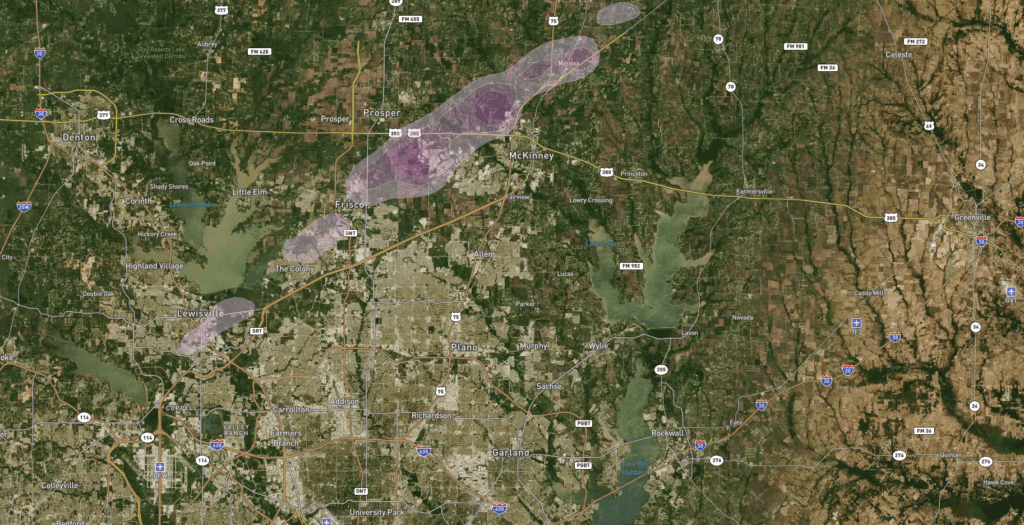It’s springtime and that means that we are getting warmer weather, more precipitation, and that, unfortunately, brings more weeds. We at Lon Smith are proud to have been your favorite Dallas roofing contractors for a long time and we have seen a lot of people spending their free time working in the yards.
We get it, it’s your home and you want it to look good, but that doesn’t mean you have to make it difficult. We want your homes to look the best the possibly can and we always do it with the right tool for the job. So this one is for the guys who were hand pulling the weeds out of their yards.
Best Weed Whacker – Buyer’s Guide – Bob Vila If your lawn features a lot of “interruptions”—trees, shrubbery, pavers, and pathways—odds are that you struggle with a bulky lawnmower to maneuver some of the landscaping highlights. A perfect landscaping complement to a lawn mower, the weed whacker tackles overgrown grass in hard-to-mow areas. This lawn tool, also called a “weed eater” or “string trimmer,” uses a monofilament line (a strong, flexible line made of a single fiber of plastic) rather than a blade to do just what its name implies: whack weeds. Since many variations of weed whackers exist on the market, finding one that reliably slices through the growth can be a daunting task. Keep reading to find out what to look for when shopping for one, and discover three of the best weed whacker models available today.
To make sure that you’re selecting the best weed whacker for your yard, start by getting a grasp on the model variations available.
Pick your power. The fuel source you need often depends on the size of the yard and how long the weed whacker would need to run to get the job done. That said, you’ll also need to think about what a battery or a tank of fuel adds to the overall weight of the machine.
• Gas-powered weed whackers are powerful and untethered, giving users the freedom to move about the yard without extension cords. As exhaust emissions become a greater concern than ever before, some manufacturers have introduced gas-powered models that create less pollution without sacrificing performance. If you’re interested in buying a more environmentally friendly gas-powered weed whacker, look for the words “low emission” on the packaging. While these weed whackers can handle long weeds better than their electric-powered counterparts, but they’re also more expensive. They’re heavier as well, with many models weighing in at just under 13 pounds.
• Electric-powered weed whackers tend to be even more lightweight and functional, whether a consumer chooses one with a rechargeable battery or a good old-fashioned cord. Corded versions occasionally pose problems maneuvering around a property, since the cord can get tangled or run out of length, but they’re also the most budget-friendly option. Cordless versions, on the other hand, are extremely portable and easy to maneuver, but their battery (or batteries) must be recharged between each use and they don’t perform as well as corded models in tall grasses. That said, recent technological improvements have aided corded and cordless electric weed whackers in catching up with their gas-powered counterparts in terms of performance.
Mind maneuverability. Whether or not you need a tool with wheels depends largely on the type of terrain you’ll encounter on your property. A wheeled weed whacker, sometimes called a “walk-behind,” ideal for handling large patches of rough terrain, thanks to the maneuverability provided by the wheels and typically wider cutting paths. A majority of these machines operate on a gas-powered engine similar to a lawnmower’s and run on two or four wheels. A weed whacker without wheels, though, is far more common and generally effective on even the messiest tangles of grass. Unless you live on a property with extensive weeds and rough terrain, you can likely make do with a model without wheels.
Select a shape. The bodies of weed whackers come in two shapes: curved shaft and straight shaft. Curved shaft weed whackers feature a bend at the end of the shaft, near the blades, that makes them shorter in length and—combined with a light weight—more comfortable to use. These weed whackers work best for homeowners who need to manage grass and plant growth around (but not underneath) trees and other objects, since their design won’t quite fit into hard-to-reach places. Narrow straight shaft weed whackers boast a greater reach for tall users and those who need to trim far beneath shrubbery or unique landscape features, but they tend to be tougher to use due to their heavy weight and high level of vibration.
Find the right feel. Most popular weed whackers range in weight from five to 15 pounds. Corded, curved-shaft models are typically the lightest, while gas-powered walk-behinds are the heaviest. Additionally, most weed whackers have cutting path diameters somewhere between 12 and 17 inches.
After thoroughly comparing reviews from consumers and publishers alike, we’ve rounded up three of the most highly rated weed whackers available today to help you find one that fits your home’s needs and your household budget. Check out the best weed whackers below to cut your weed problem—and the shopping trip for solutions—short. Read more…

